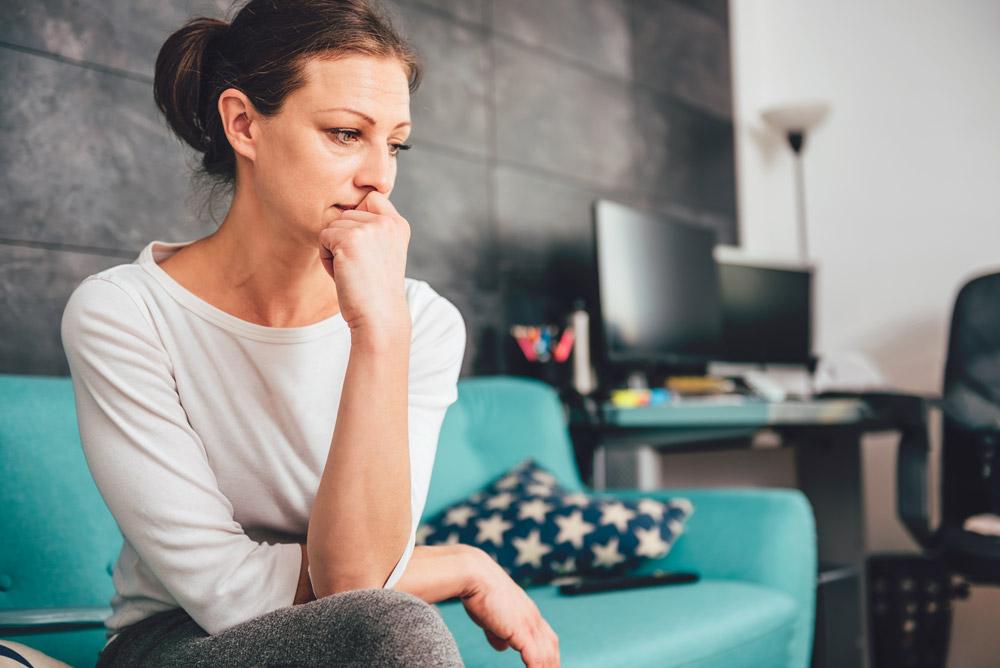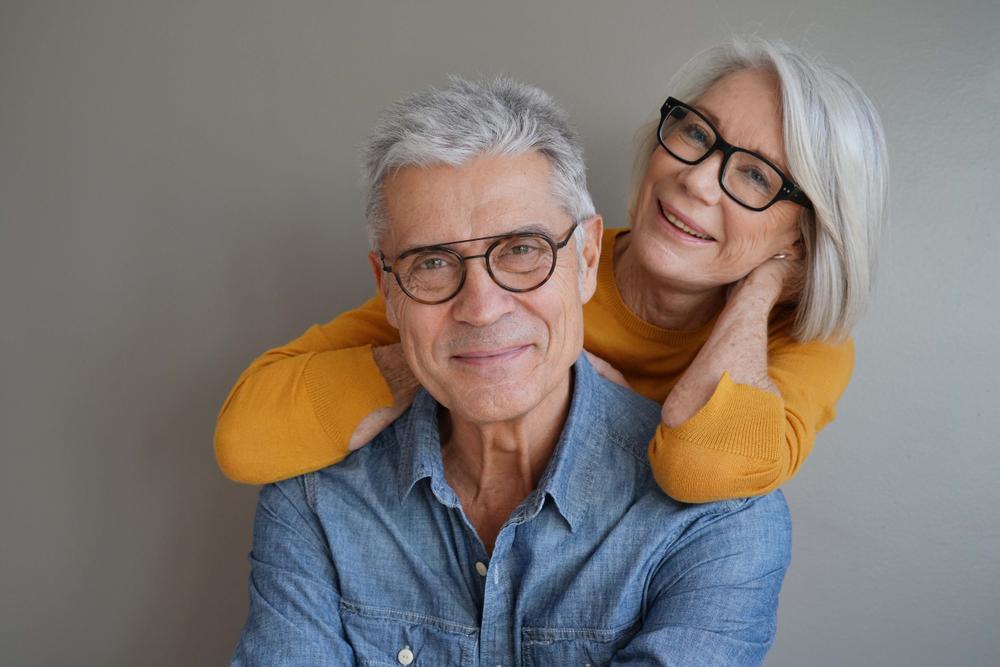I don’t know about you, but I’m a little tired of reading the same tips over and over about how to calm down and destress. I want other options besides slowing my breathing when my chest feels heavy, or questioning the worst-case scenarios running through my head.
That’s why psychiatrist Judson Brewer’s new book “Unwinding Anxiety“ is so refreshing. Yes, it has tips—but they come later in the book. In fact, his main point is that tips alone won’t help those of us who struggle with anxiety.





